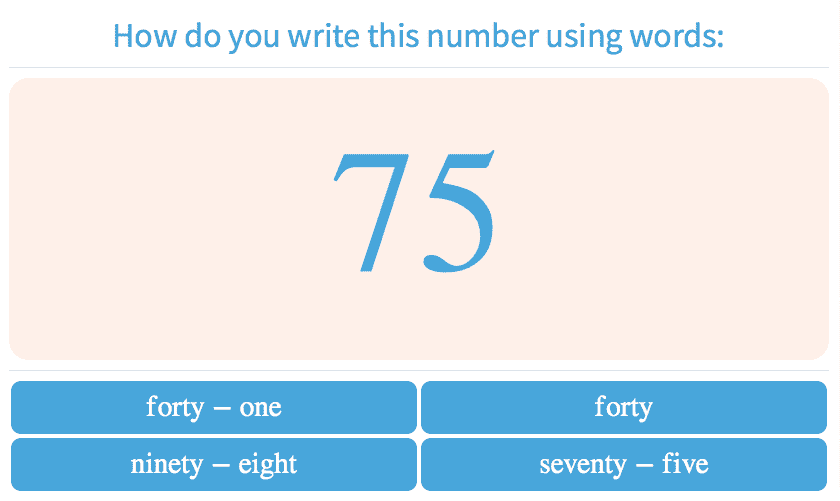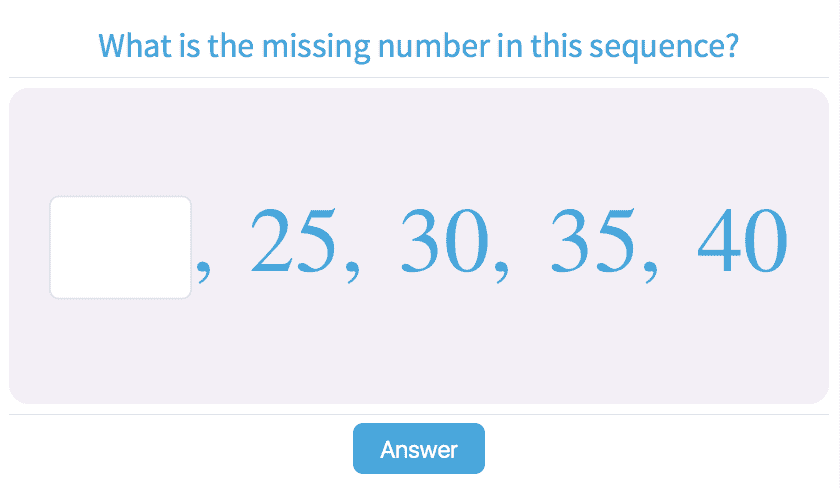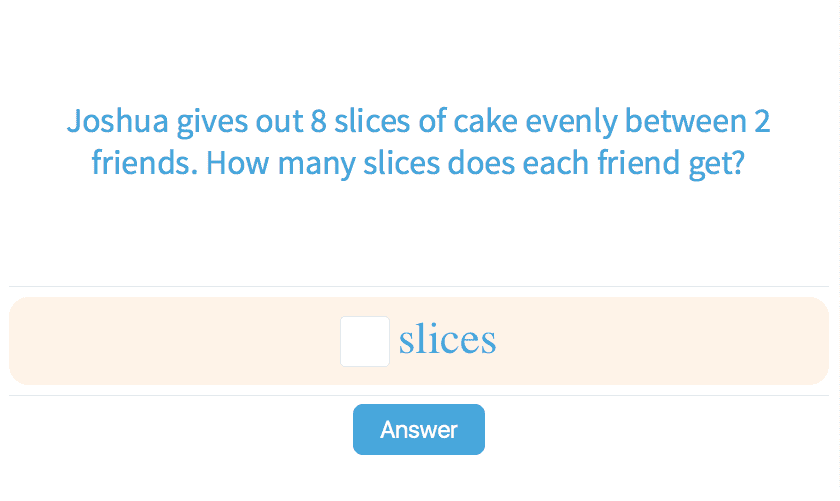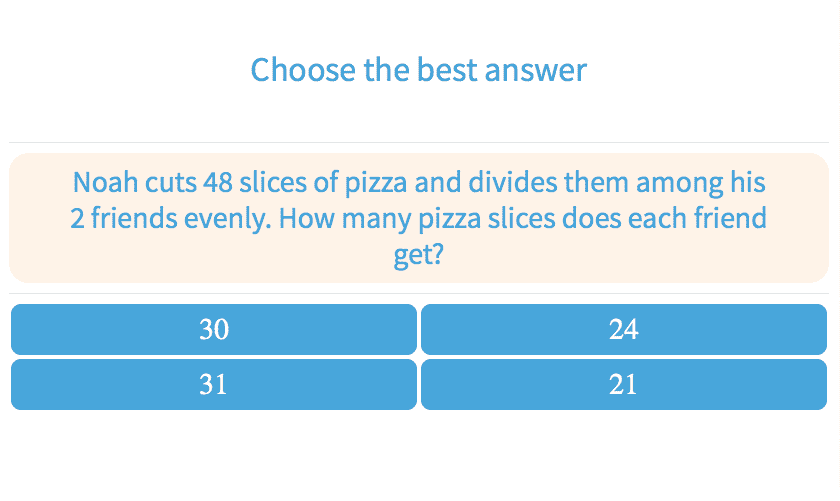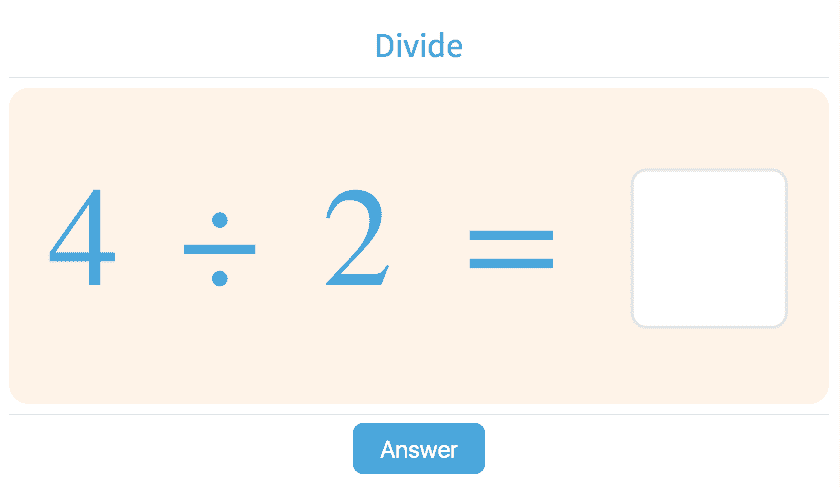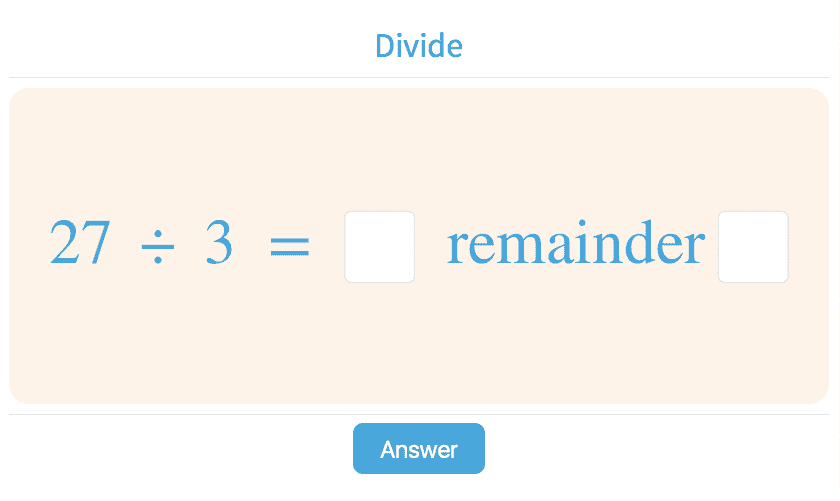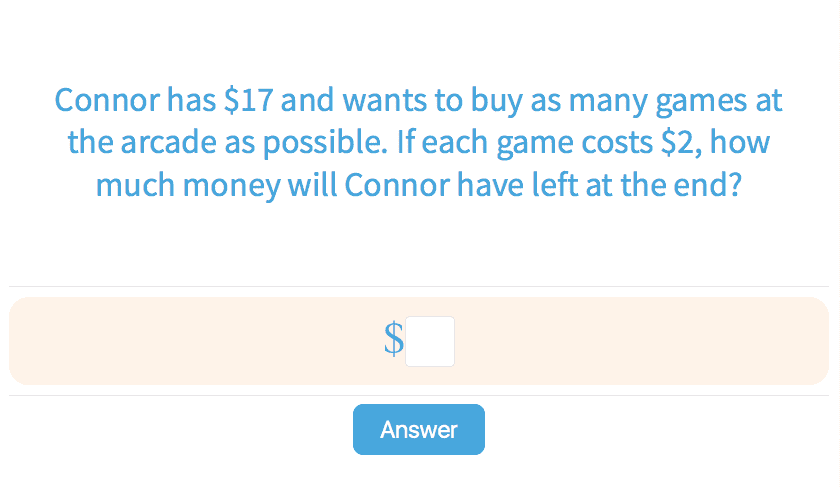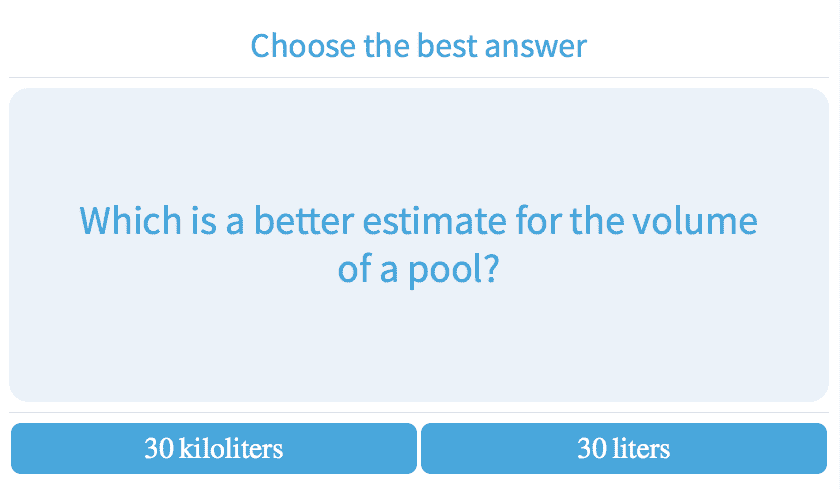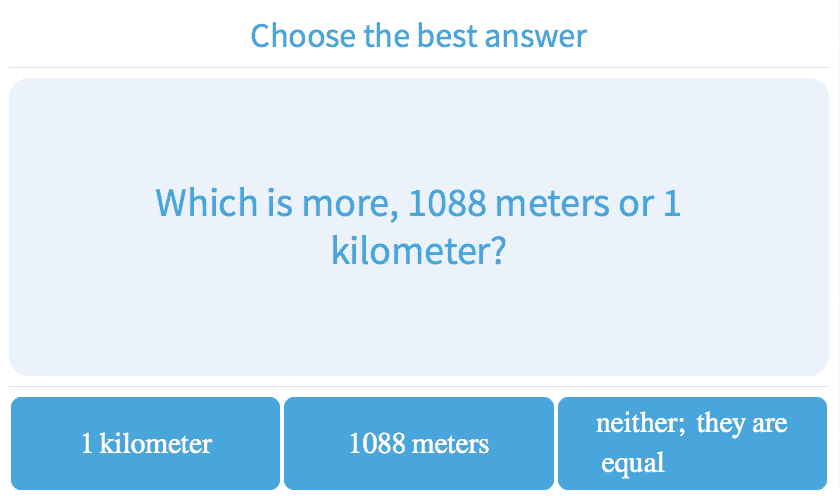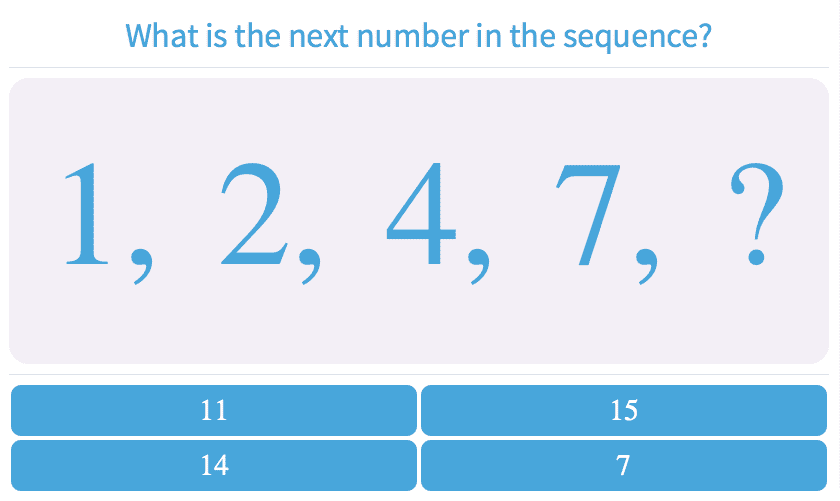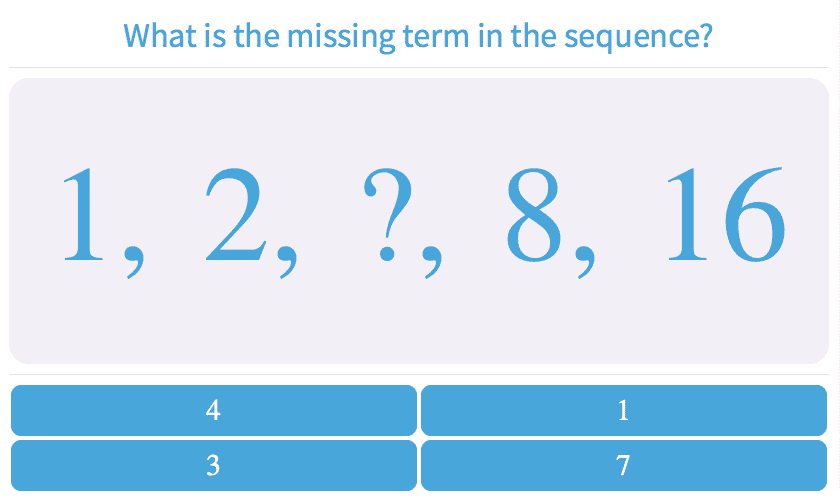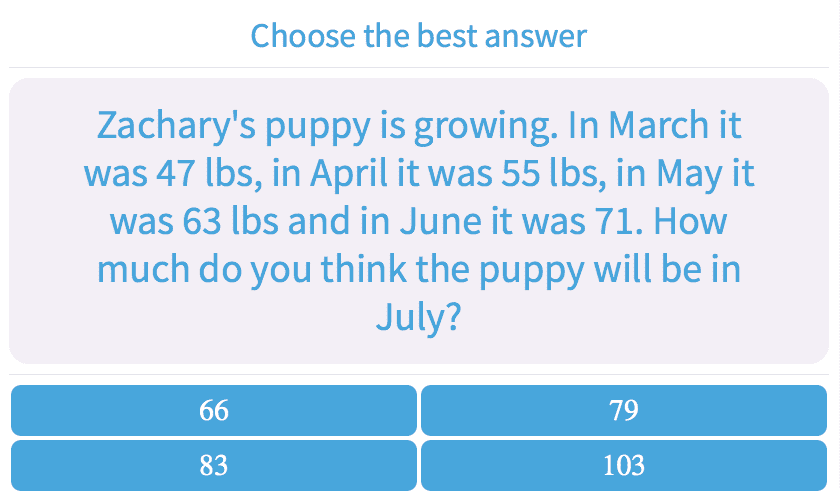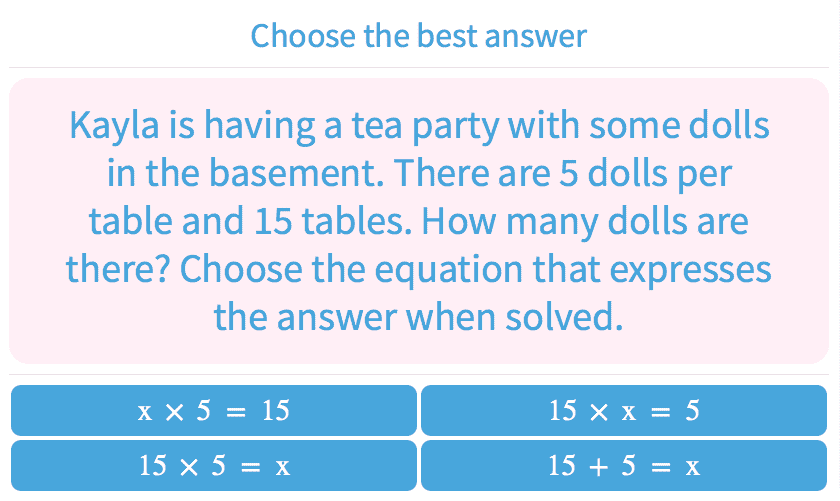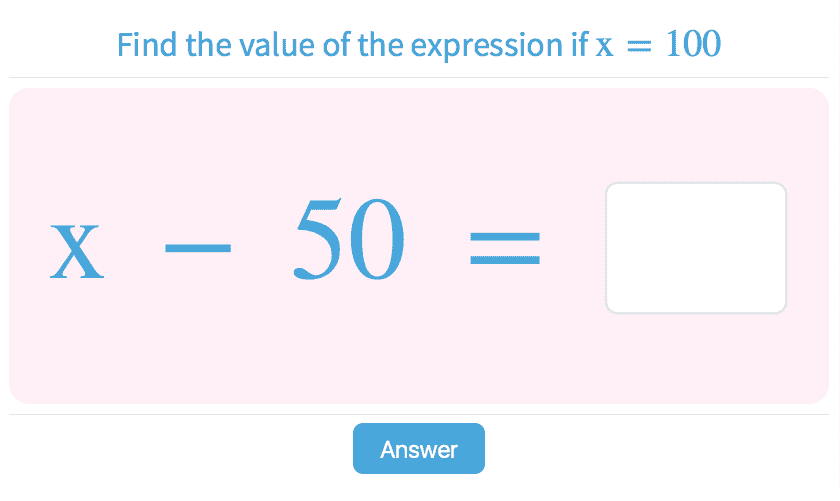-
5Grade 5 Worksheets
- Counting
- Addition
-
Number Properties
-
5.3Convert Numbers with Tens, Hundreds, Thousands
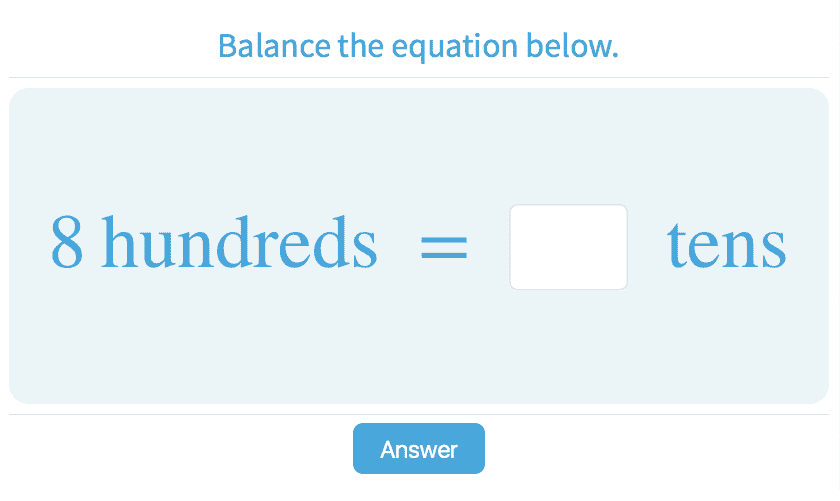
-
5.4Compare Numbers Up to 10000000
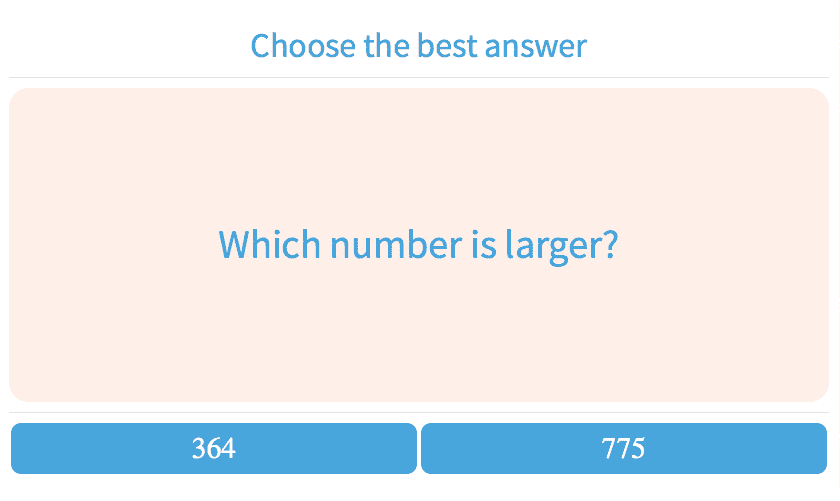
-
5.6Factors of Multiplication
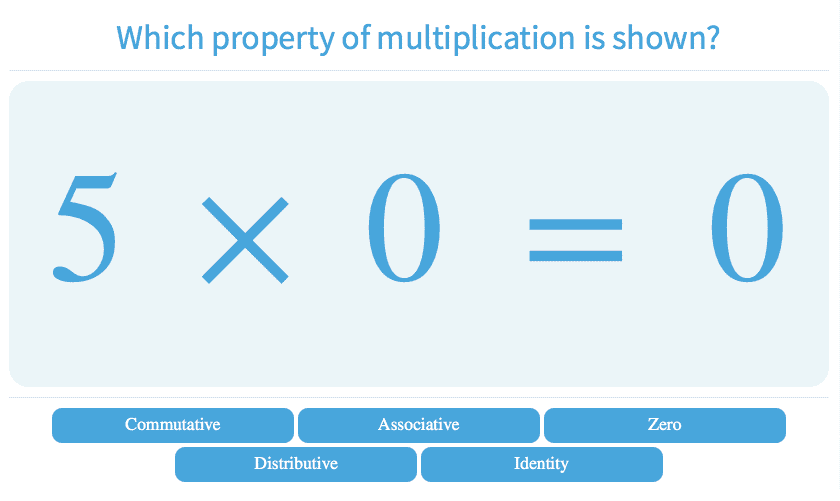
-
5.7Choose Properties of Multiplication
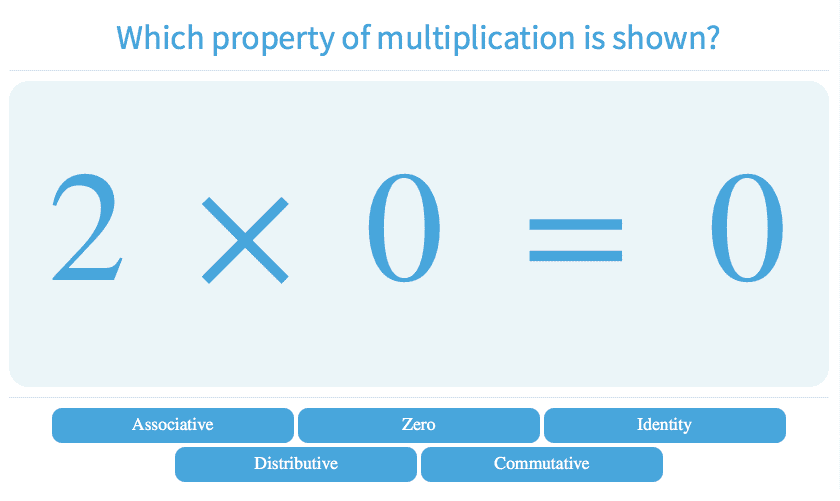
-
5.8Properties of Multiplication with Factors Up to 12

-
5.22Divisibility Rules with Numbers Up to 10,000
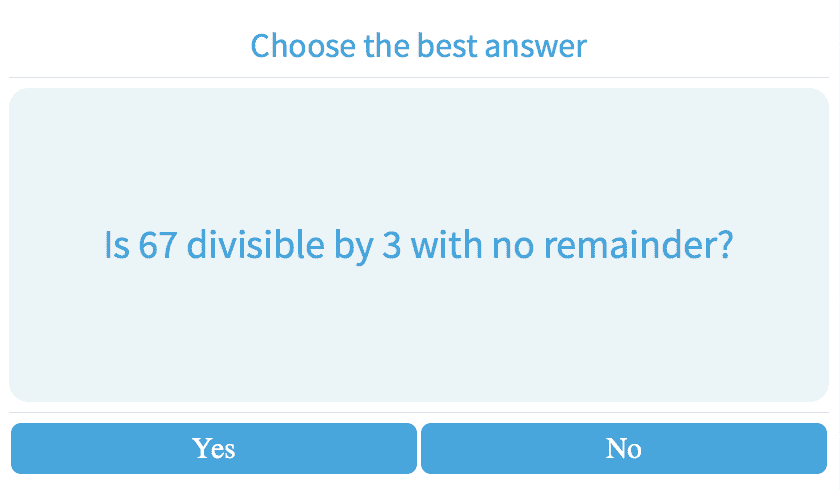
-
5.32Estimate Quotients
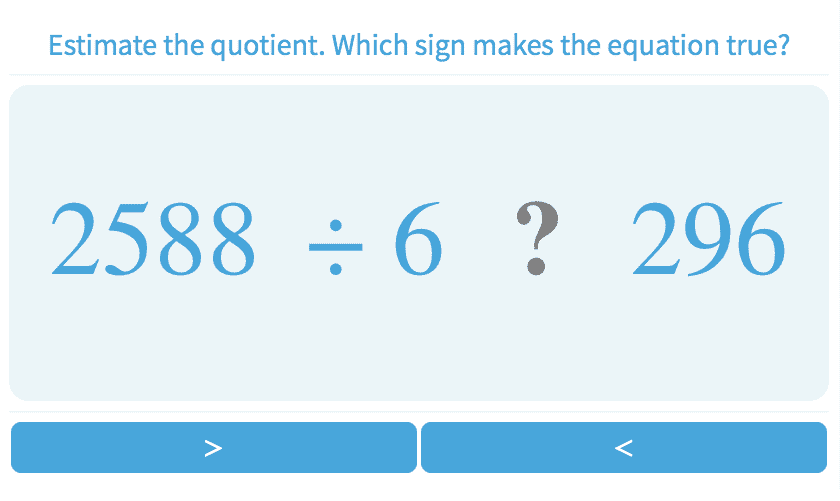
-
5.47Choose the Equivalent Fraction Up to Twentieths
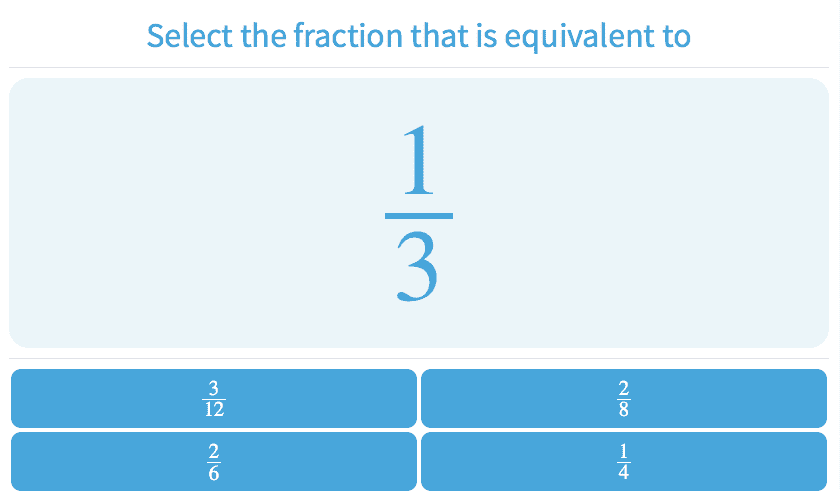
-
5.48Choose the Equivalent Fraction
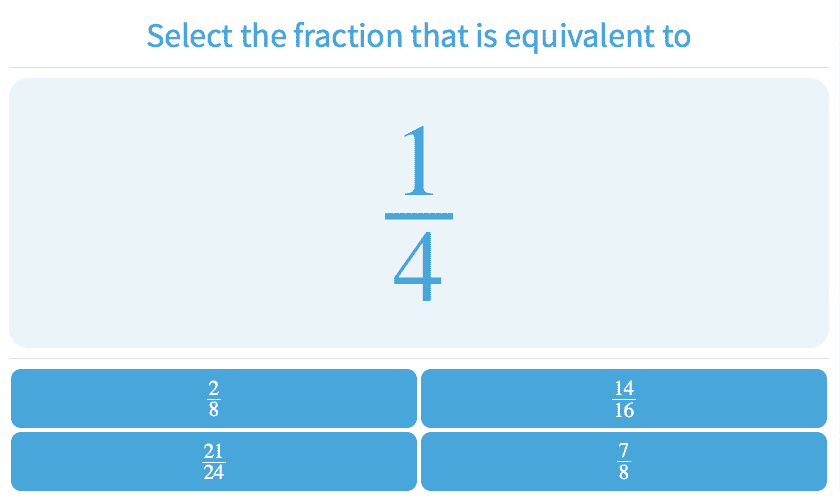
-
5.57Identify Place Values in Decimal Numbers
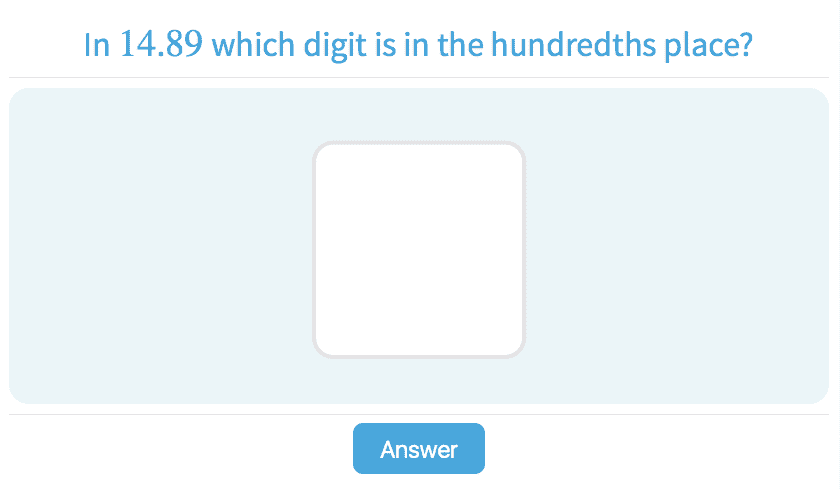
-
5.73Inequalities with Decimal Addition and Subtraction
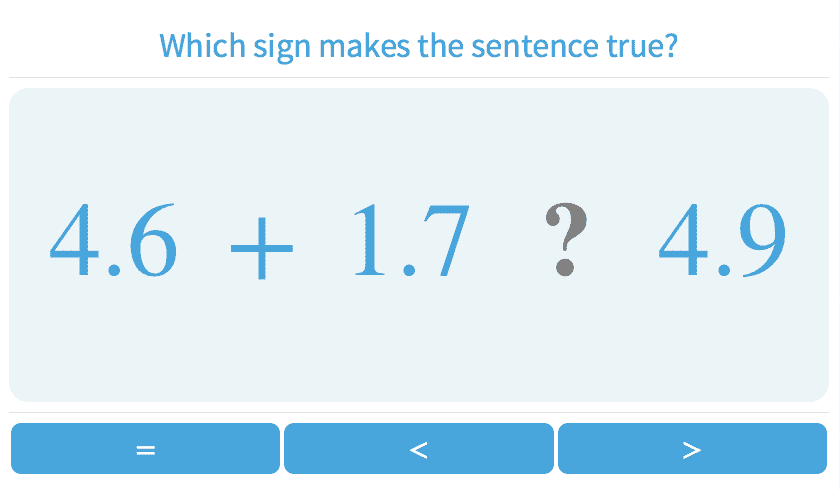
-
-
Multiplication
-
5.5Multiplication with a Specific Number Up to 12
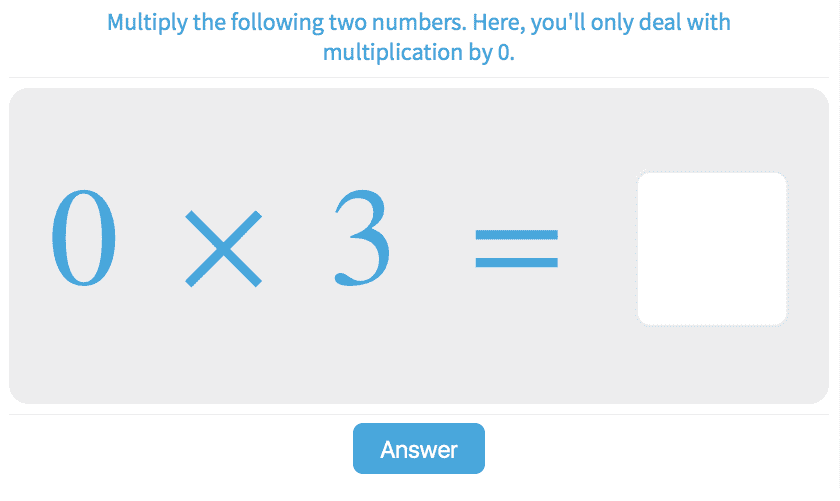
-
5.6Factors of Multiplication

-
5.7Choose Properties of Multiplication

-
5.8Properties of Multiplication with Factors Up to 12

-
5.10Multiplication
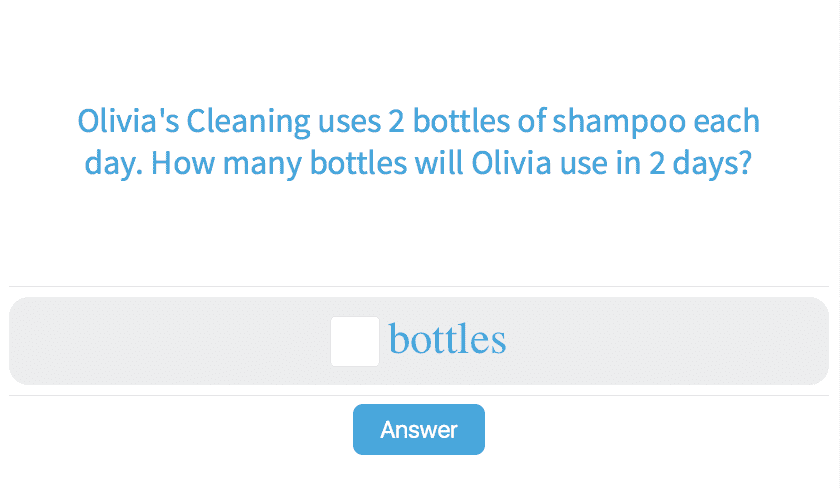
-
5.11Multiply Two Numbers Up to 100
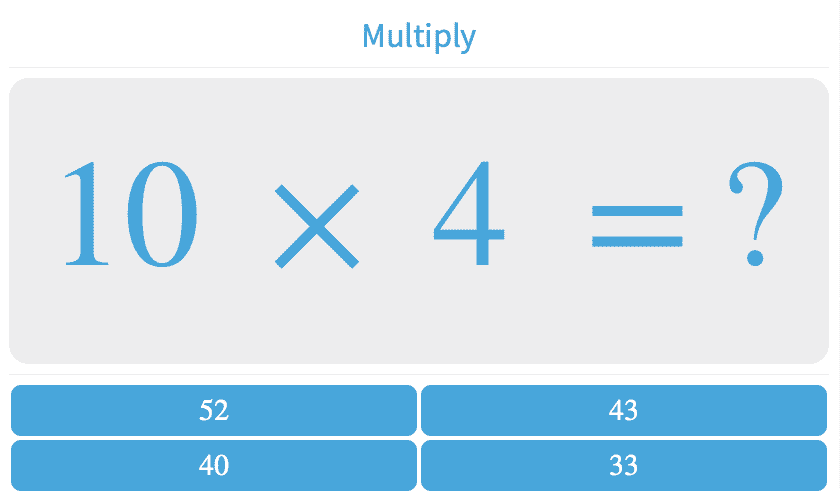
-
5.12Multiply Three or More Numbers Up to 1000
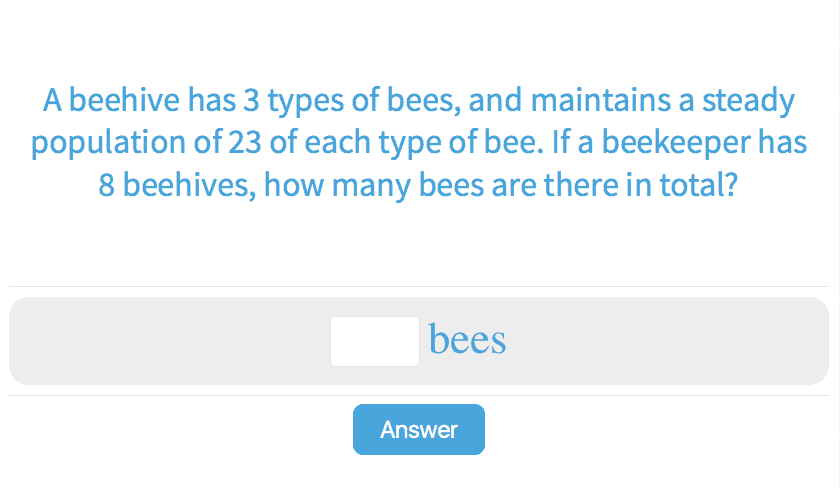
-
5.13Multiply 3, 4 Numbers Up to 100
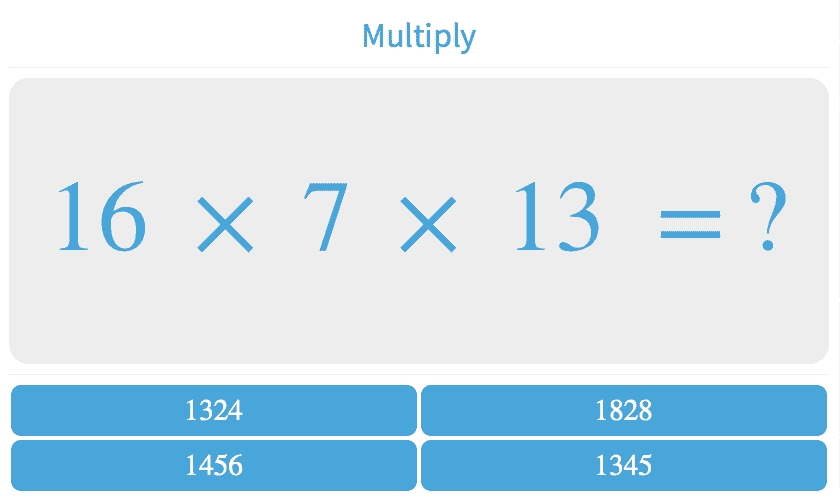
-
5.16Multiply Numbers Up to 1000 Ending in Zeros
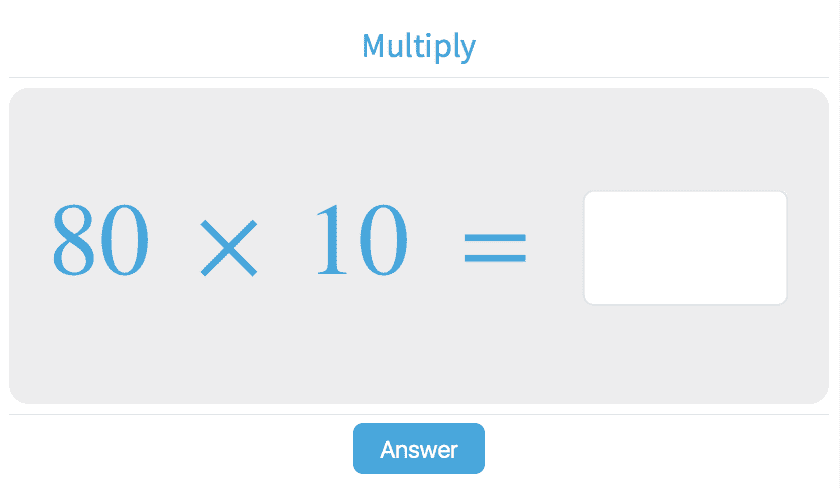
-
5.17Multiplication Up to 1000
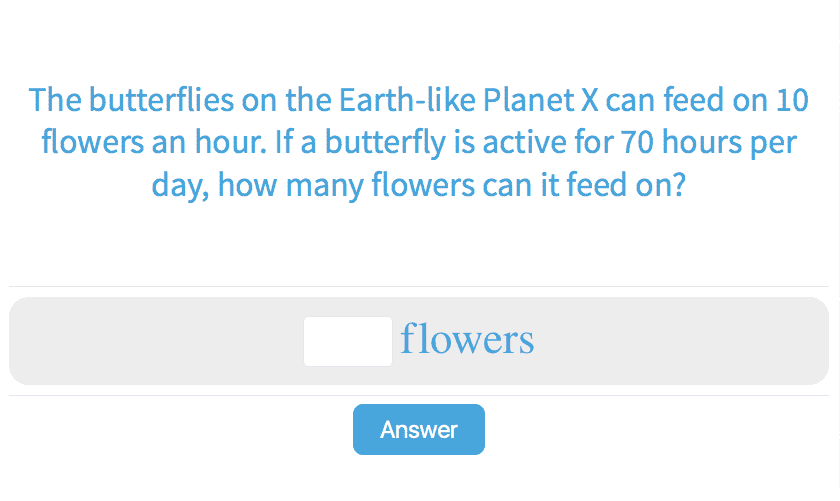
-
5.18Multiplication with Operands Up to 100 III
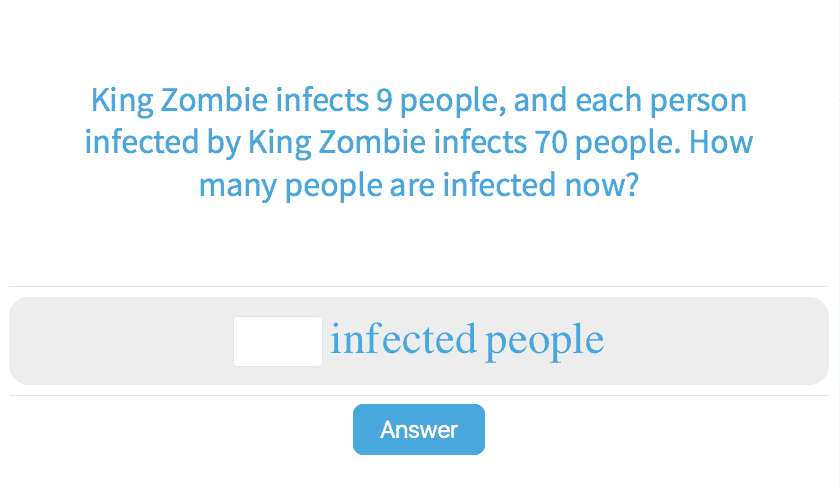
-
- Division
-
Money
-
5.23Divide Money Amounts
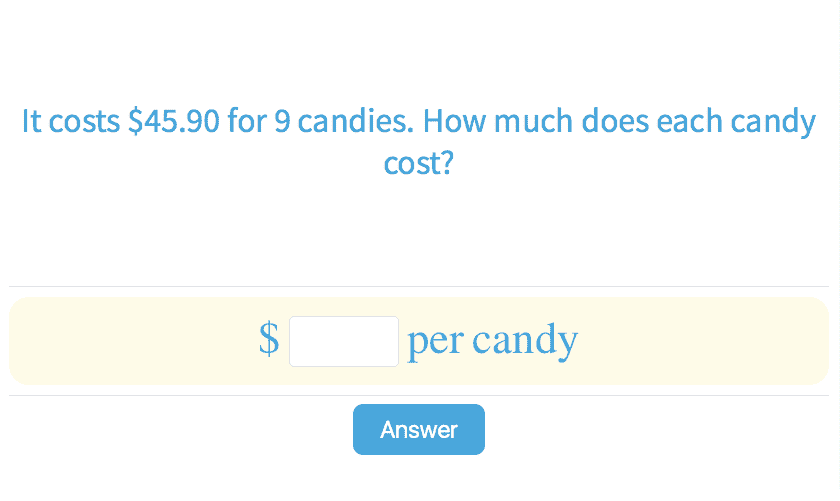
-
-
Estimation
-
5.29Rounding with Numbers Up to 5000
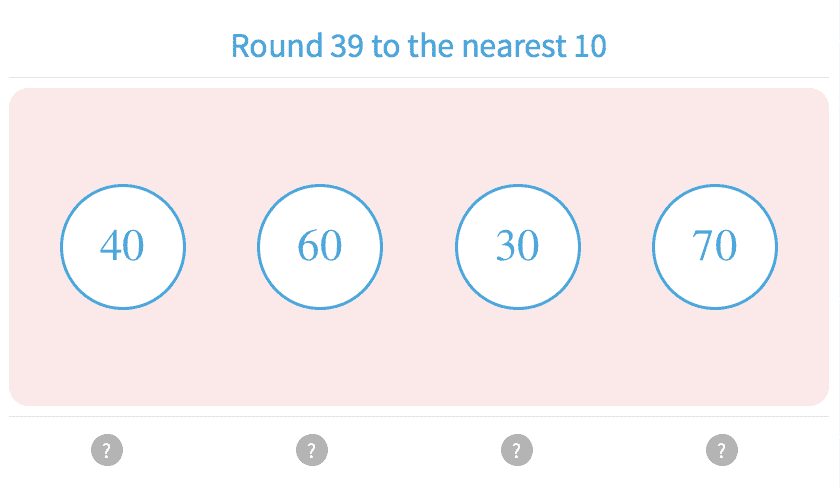
-
5.30Rounding with Numbers Up to 100,000

-
5.31Round Decimals
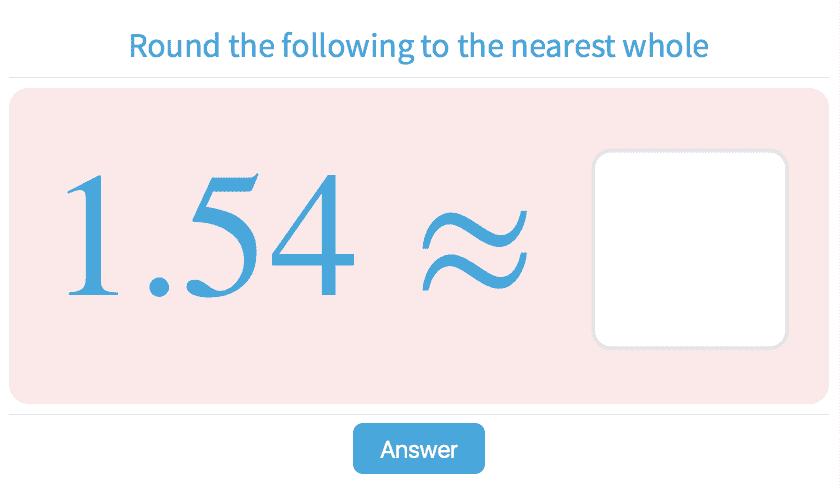
-
5.32Estimate Quotients

-
5.33Estimate Quotients Up to 1000
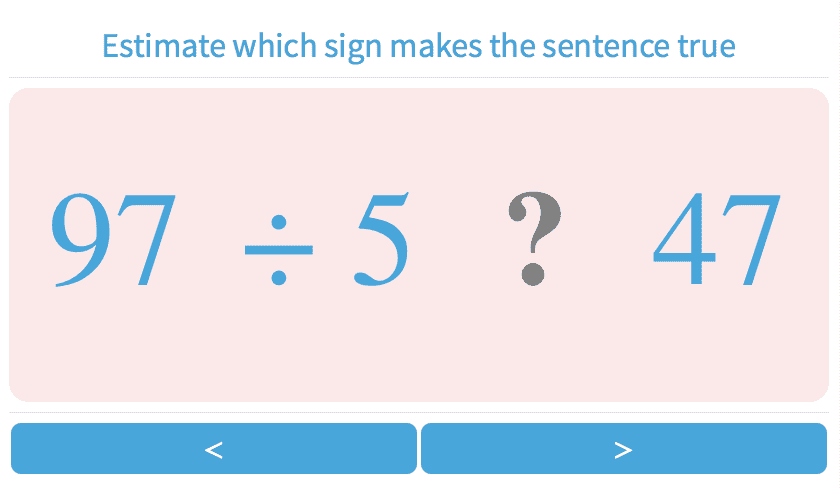
-
5.34Estimate Quotients Up to 10,000
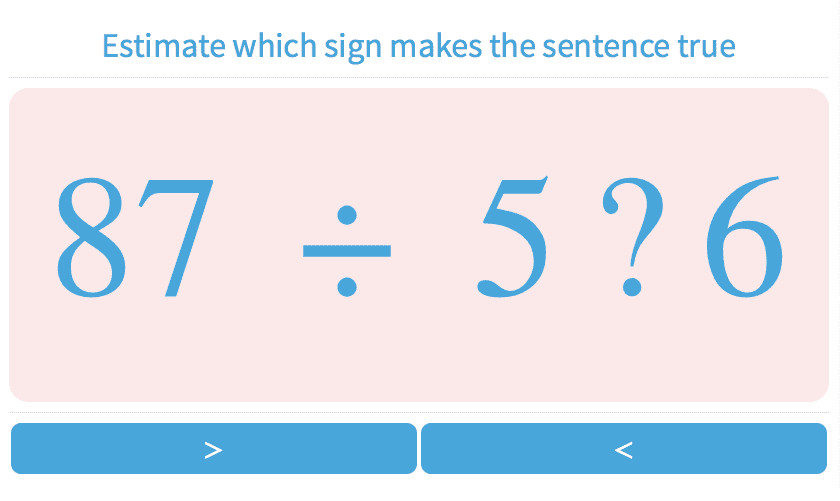
-
5.35Estimate Differences
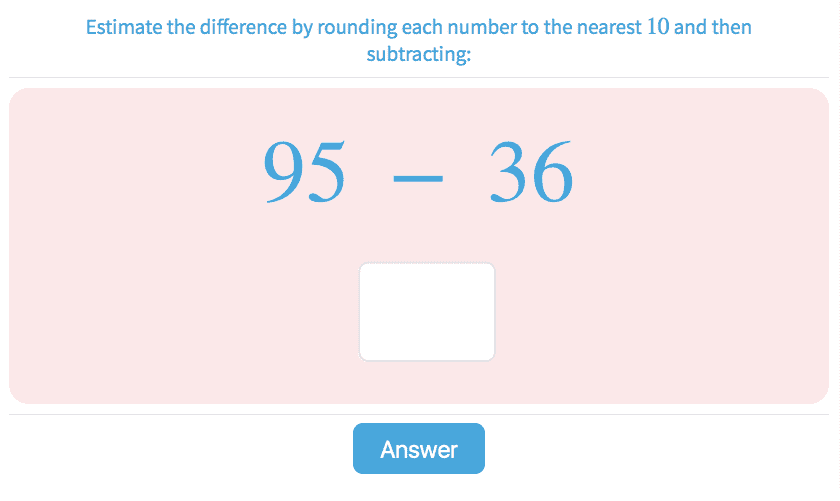
-
5.36Estimate Sums with Numbers Up to 100,000
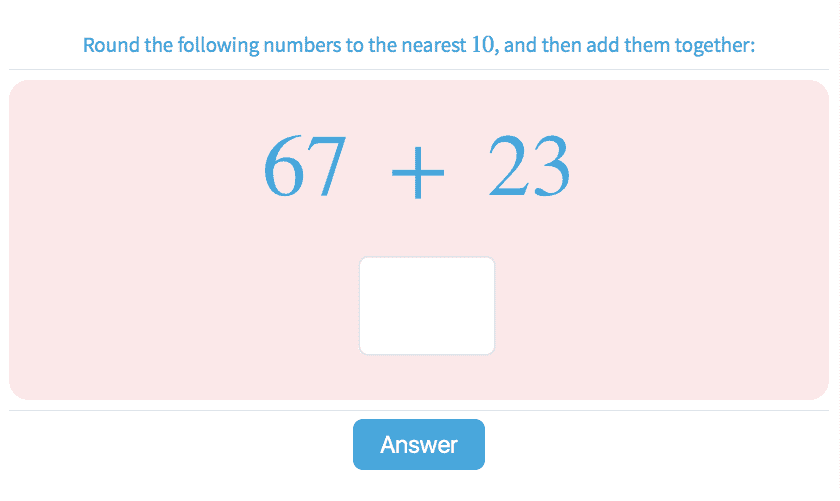
-
5.37Estimate Differences
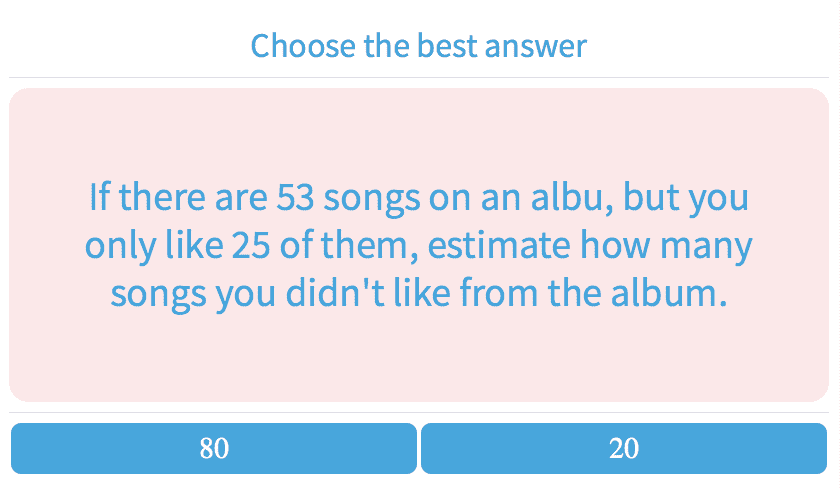
-
5.38Estimate Sums
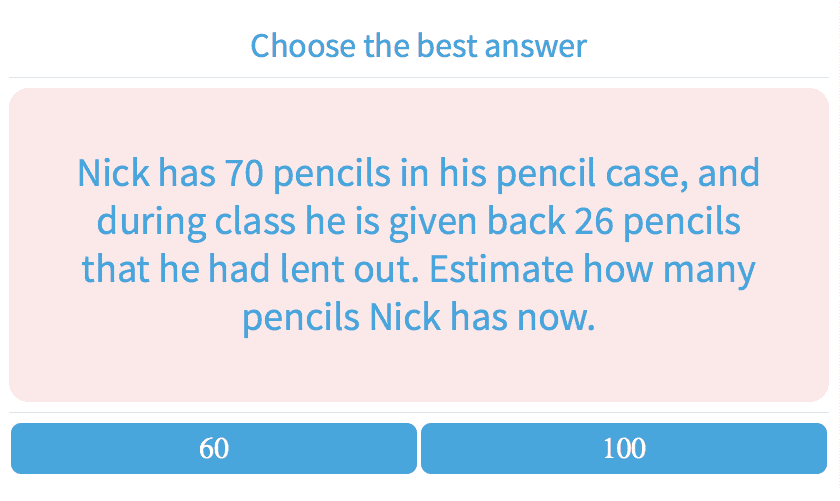
-
5.39Estimate Sums and Differences of Decimals Up to 100
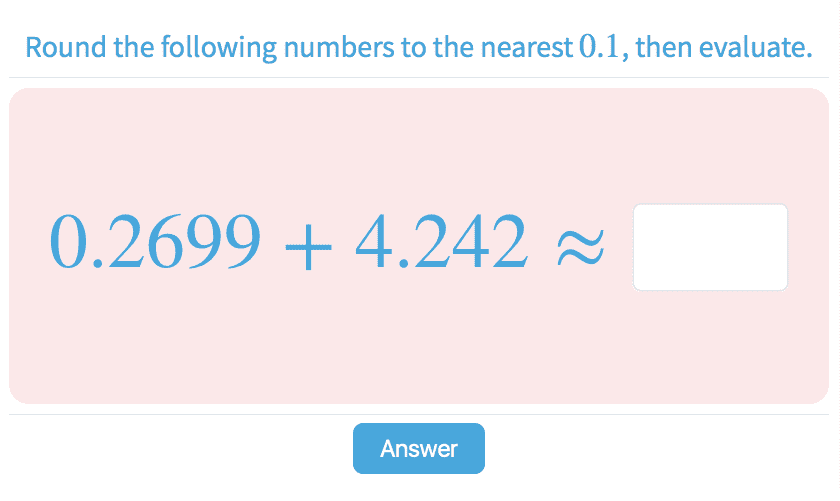
-
5.40Estimate Sums and Differences of Decimals
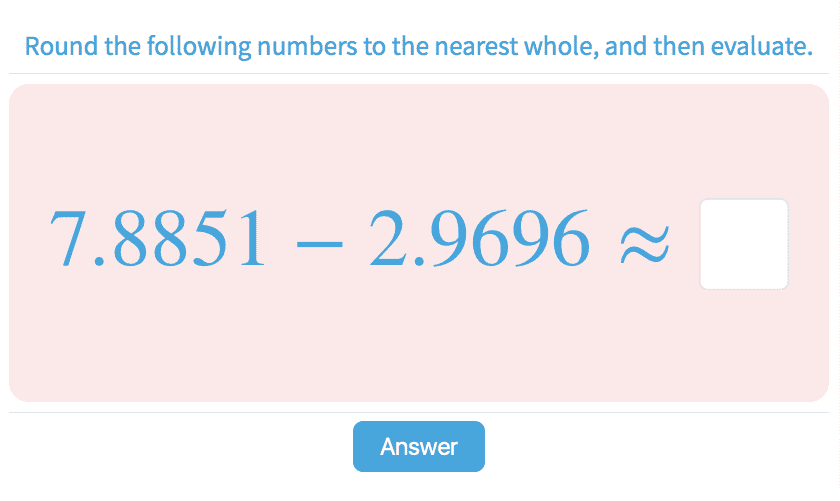
-
5.41Estimate Products of Decimal Numbers
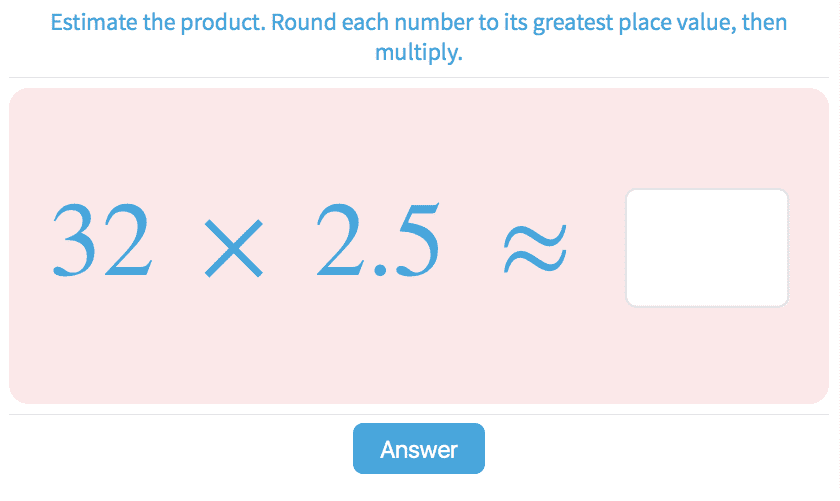
-
5.43Estimate Products Up to 1000
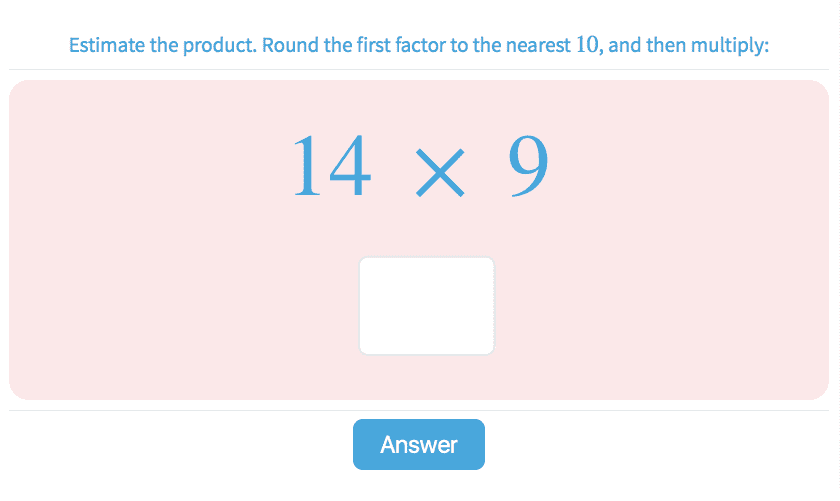
-
-
Fractions
-
5.42Estimate Sums and Differences of Mixed Numbers

-
5.45What Mixed Fraction Is Shown?

-
5.46Compare Fractions
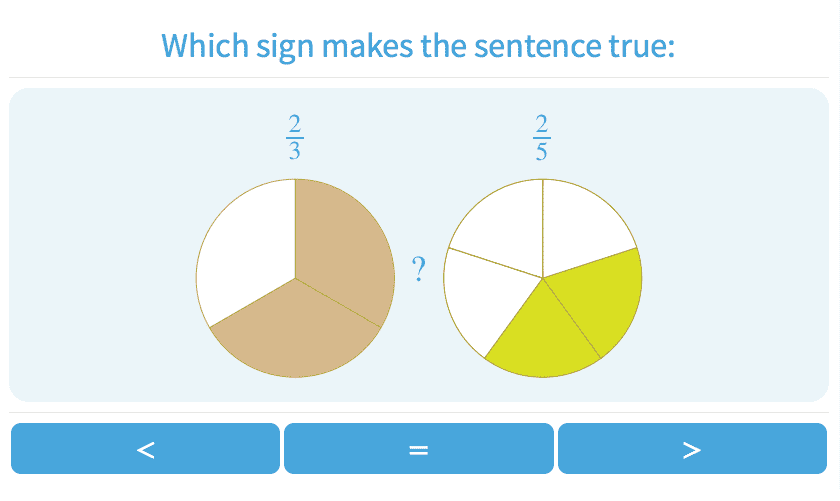
-
5.47Choose the Equivalent Fraction Up to Twentieths

-
5.48Choose the Equivalent Fraction

-
5.49Patterns of Equivalent Fractions

-
5.50Reducing Fractions to Lowest Terms
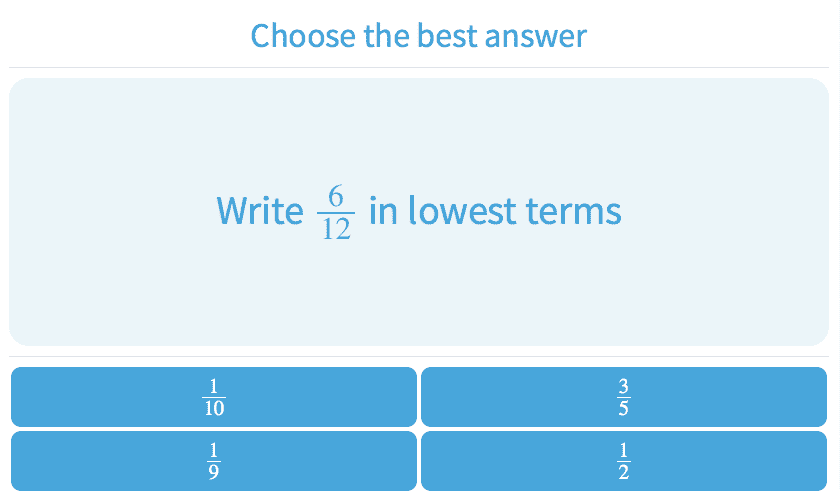
-
5.51Reduce to Lowest Terms
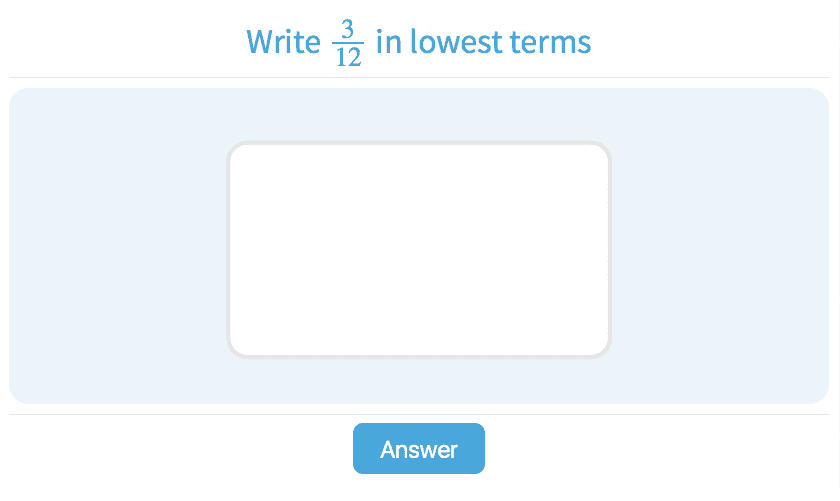
-
5.52Compare Fractions - Same Numerator or Denominator
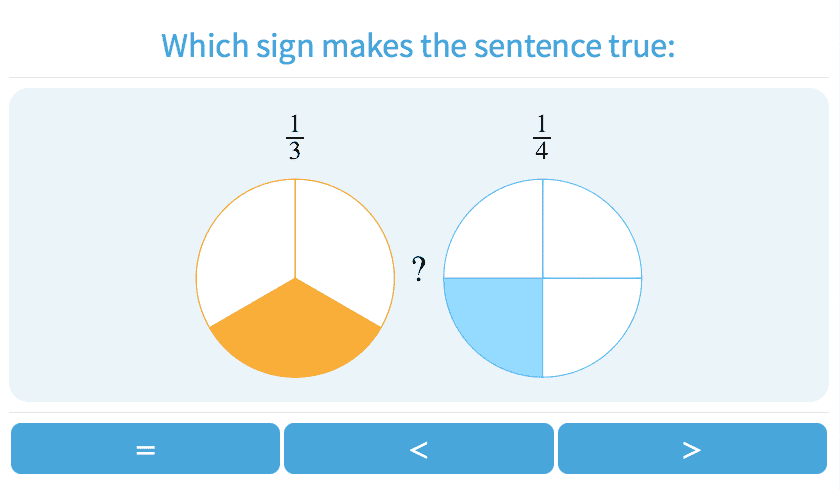
-
5.59Convert Fractions and Mixed Numbers to Decimals
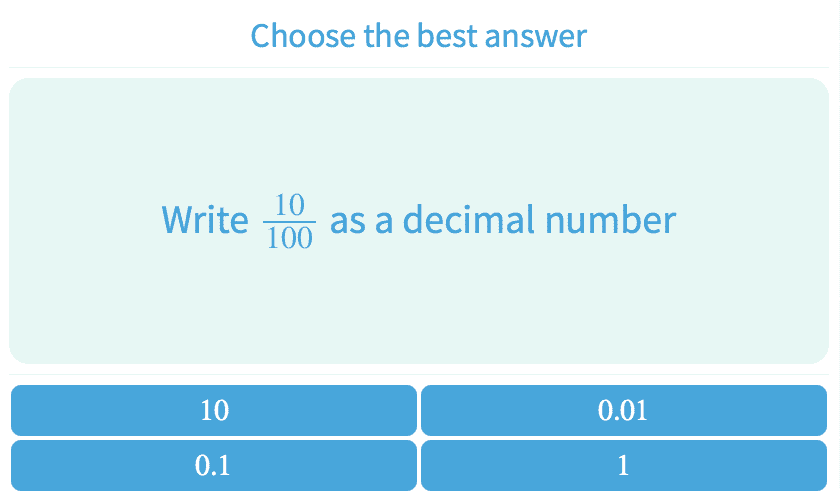
-
5.60Convert Decimals to Fractions and Mixed Numbers
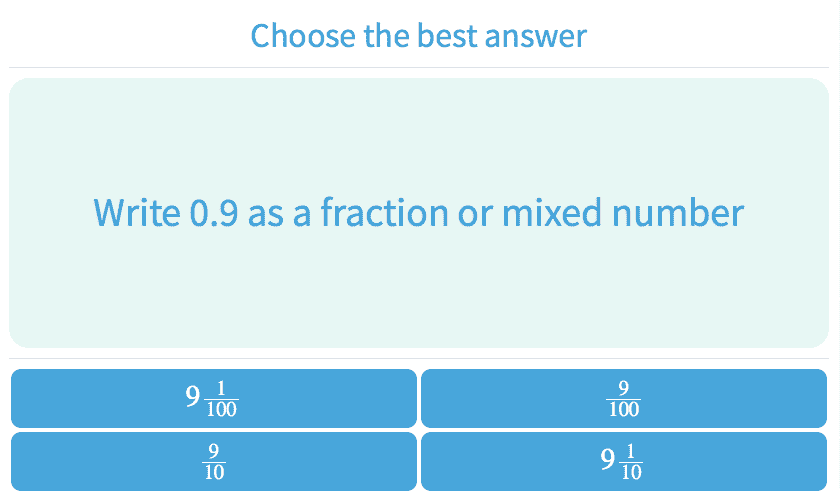
-
5.81Evaluate Variable Expressions with Decimals and Fractions
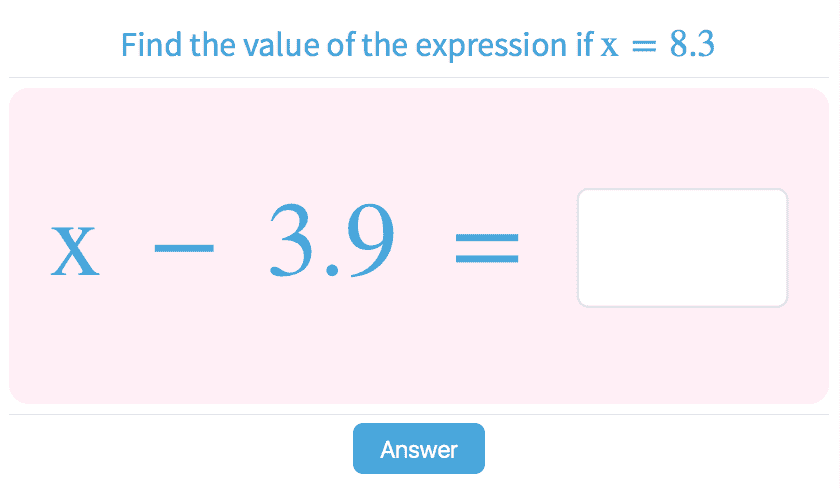
-
- Measurement
- Number Patterns
-
Decimals
-
5.55Decimals with Models
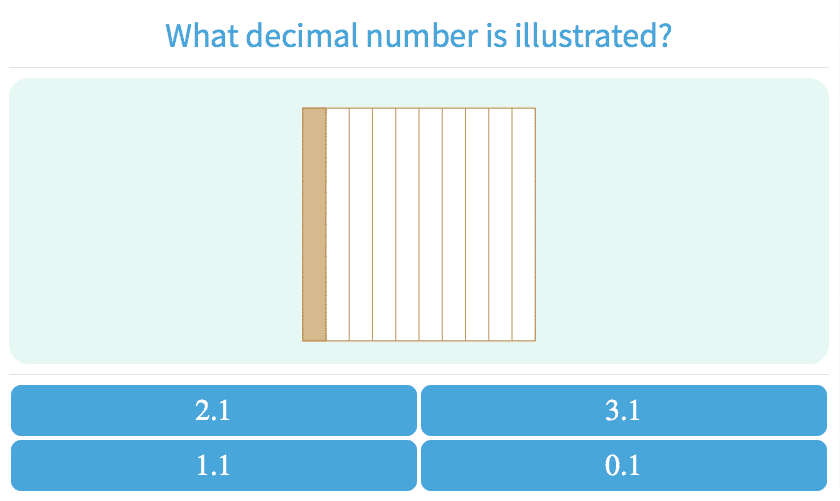
-
5.56Understanding Decimals Expressed in Words
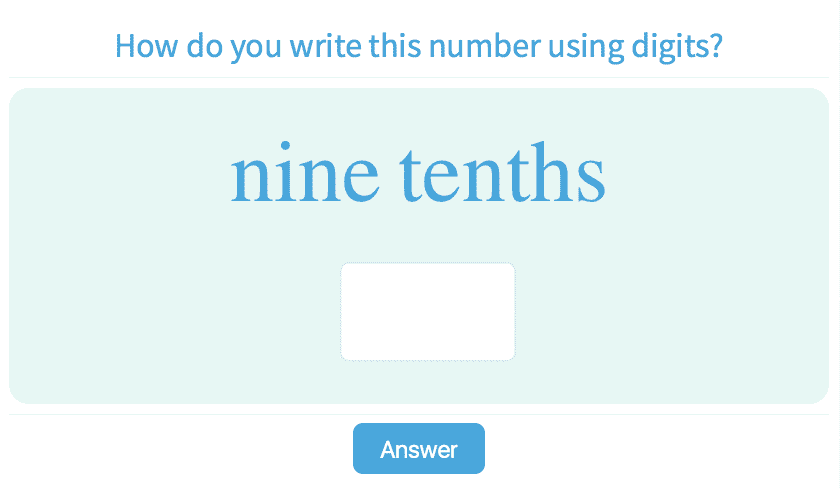
-
5.57Identify Place Values in Decimal Numbers

-
5.59Convert Fractions and Mixed Numbers to Decimals

-
5.60Convert Decimals to Fractions and Mixed Numbers

-
5.61Compare Decimal Numbers Up to 4 Places
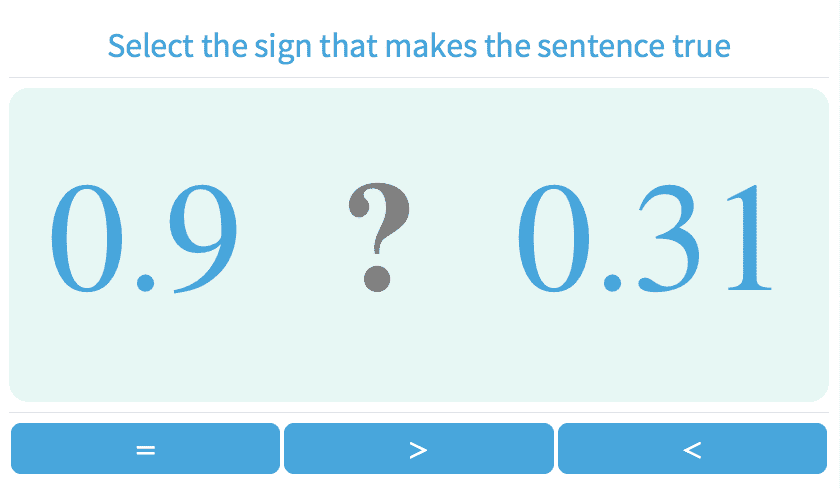
-
5.62Compare Decimal Numbers Up to 2 Places
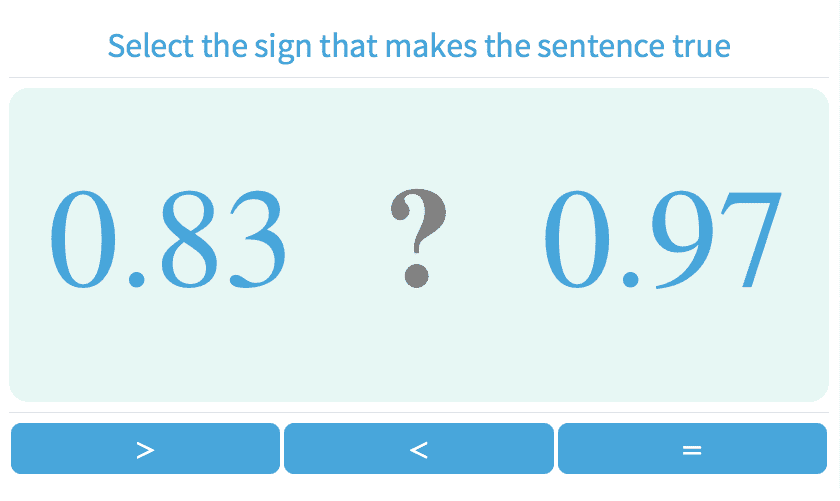
-
5.64Add and Subtract Decimals
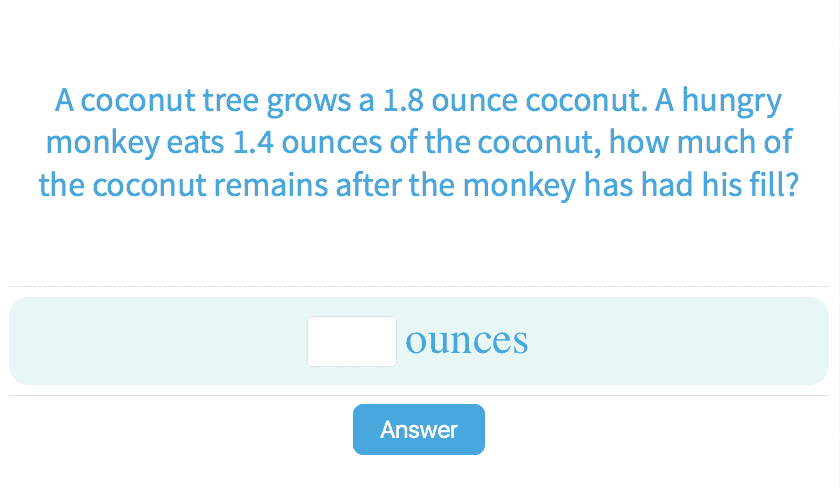
-
5.65Add and Subtract Decimals Up to 10
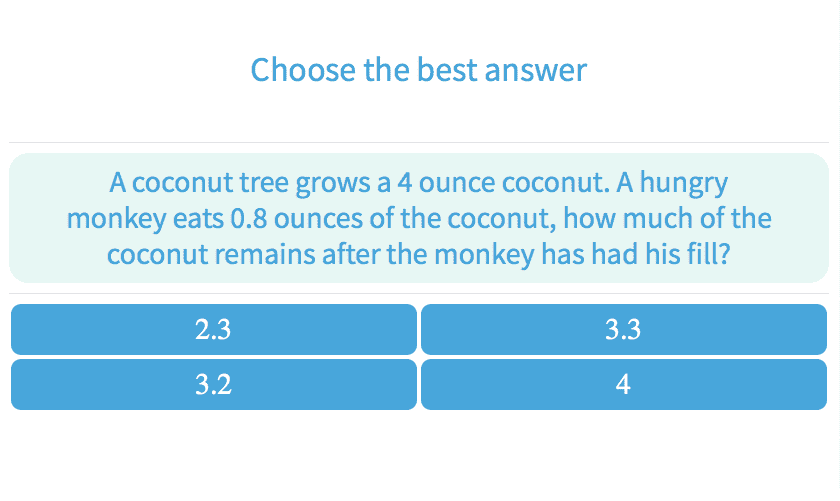
-
5.66Add and Subtract Decimal Up to 100

-
5.67Multiply Decimals and Whole Numbers

-
5.68Mixed Decimal Equations
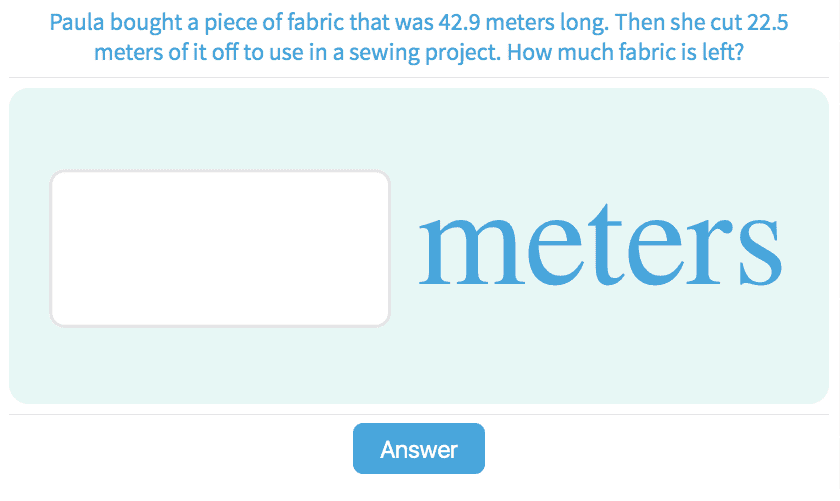
-
5.70Add and Subtract Decimal Numbers Up to 3 Places
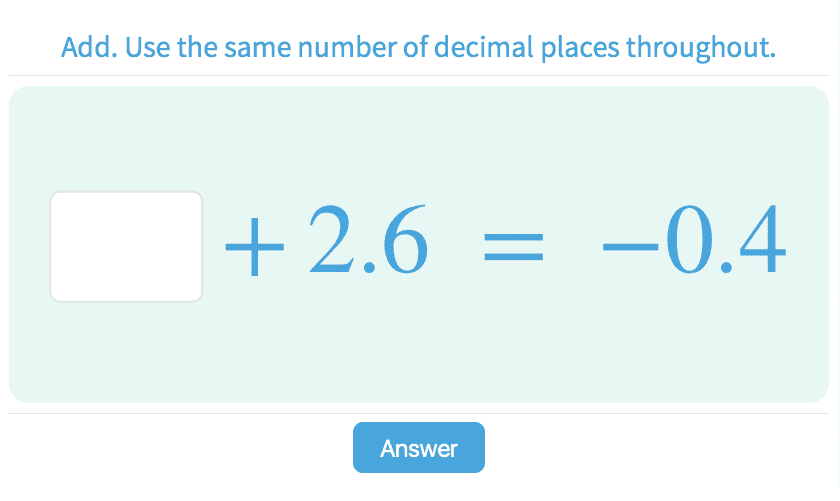
-
5.72Complete the Addition or Subtraction Sentence
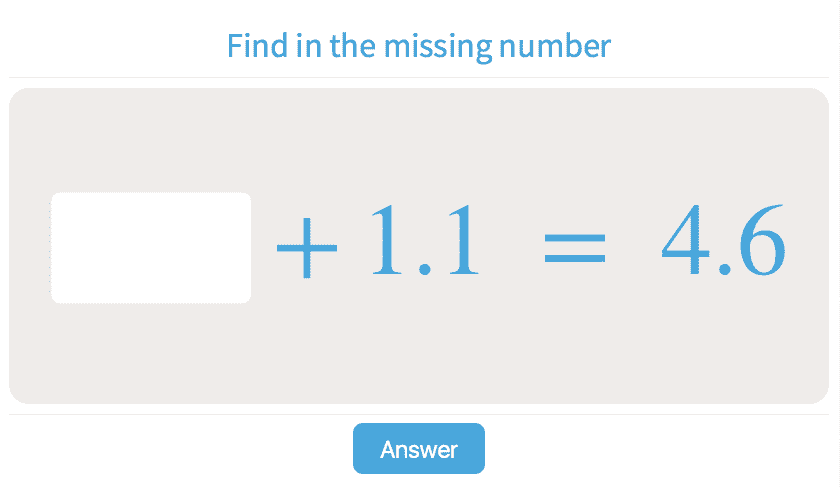
-
5.73Inequalities with Decimal Addition and Subtraction

-
5.81Evaluate Variable Expressions with Decimals and Fractions

-
- Comparison
-
Mixed Equations
-
5.64Add and Subtract Decimals

-
5.65Add and Subtract Decimals Up to 10

-
5.66Add and Subtract Decimal Up to 100

-
5.68Mixed Decimal Equations

-
5.70Add and Subtract Decimal Numbers Up to 3 Places

-
5.72Complete the Addition or Subtraction Sentence

-
5.73Inequalities with Decimal Addition and Subtraction

-
5.82Solve for the Variable with Addition and Subtraction
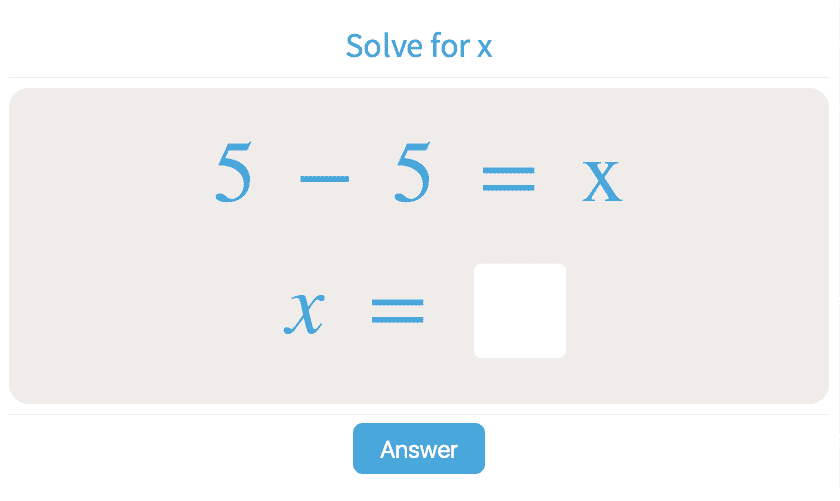
-
- Algebra
-
Geometry
-
5.85Use Area and Perimeter to Determine the Cost
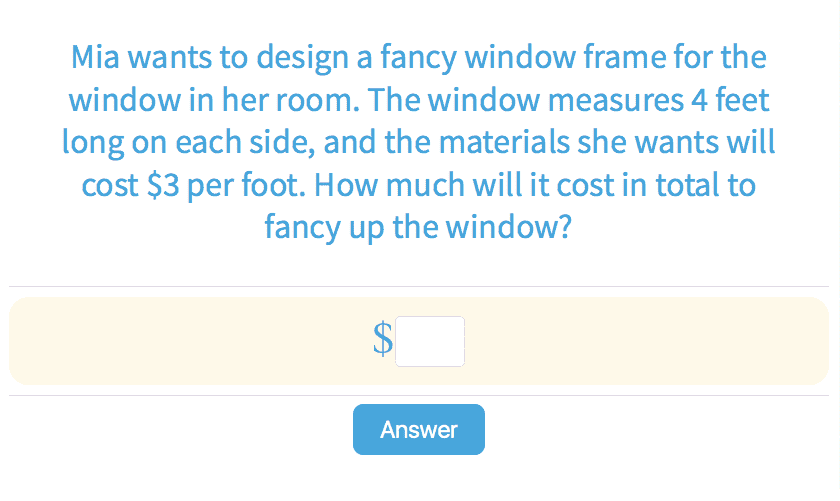
-
5.87Volume of Rectangular Prisms Made of Unit Cubes
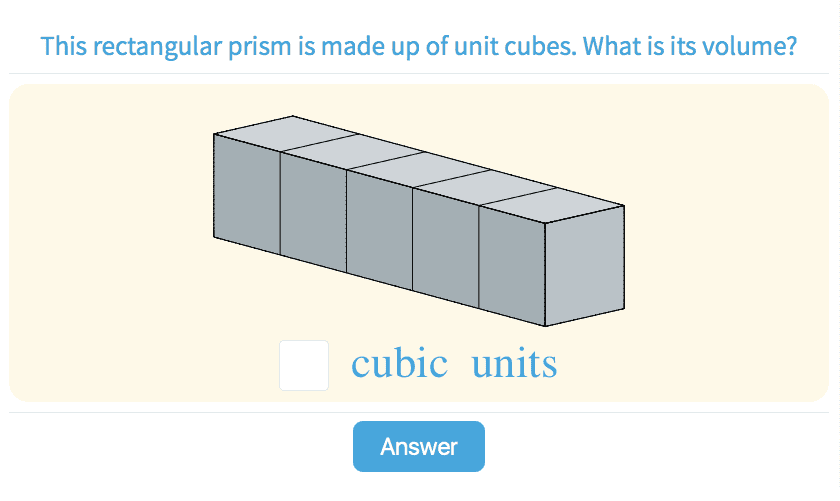
-
5.88Classify Quadrilateral Shapes
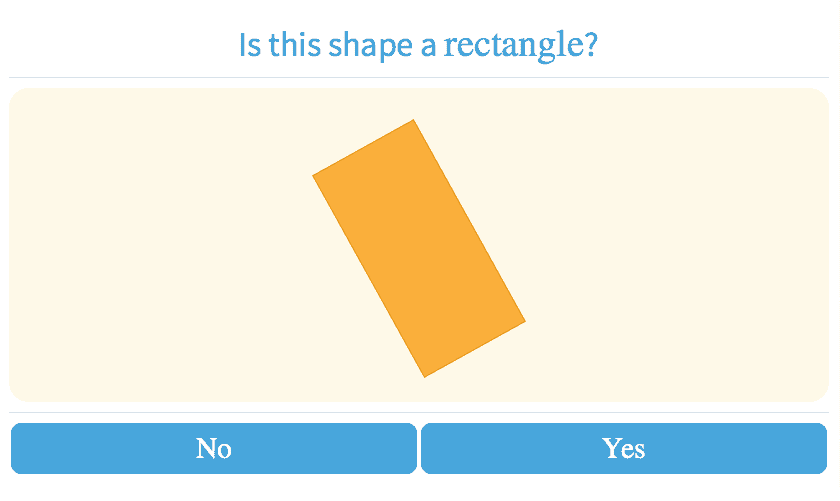
-
5.89Count Edges
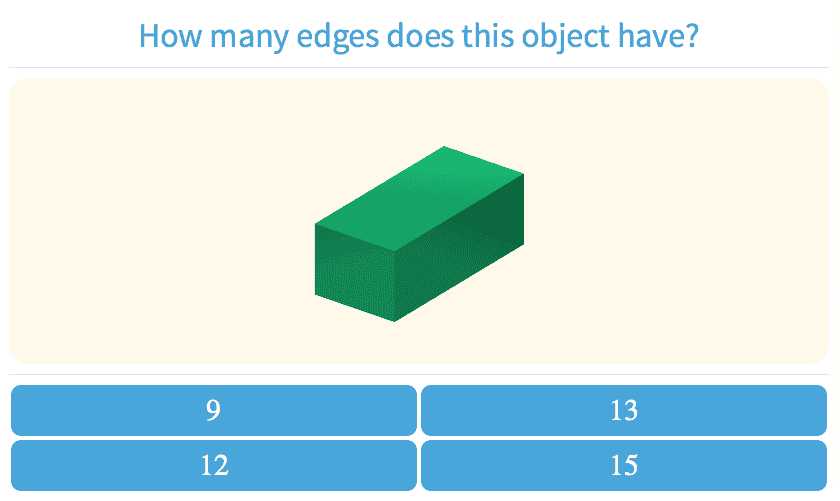
-
5.90Count Vertices
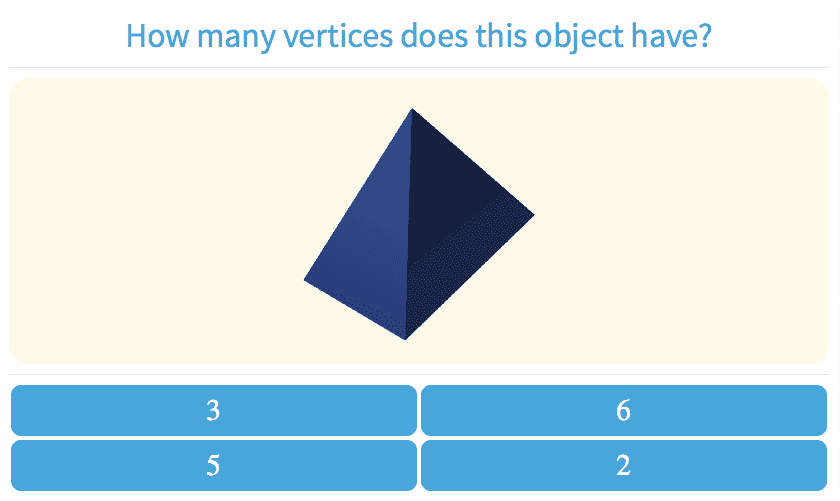
-
5.91Count Faces
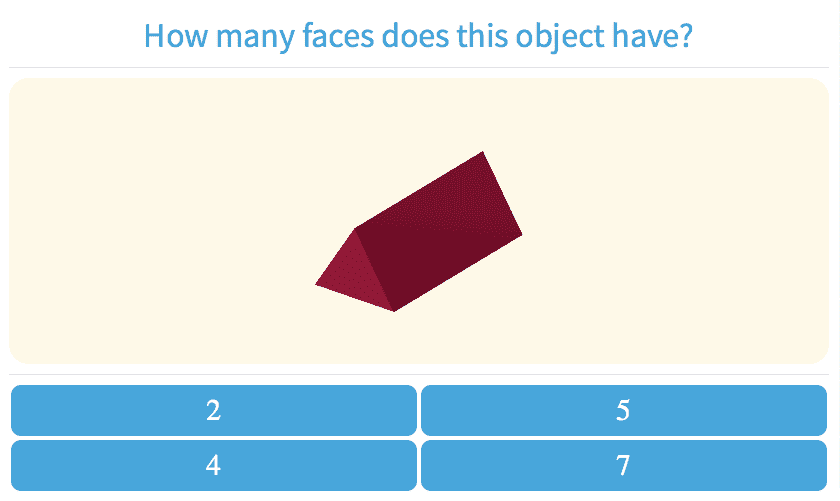
-
5.92Count Edges, Vertices and Faces
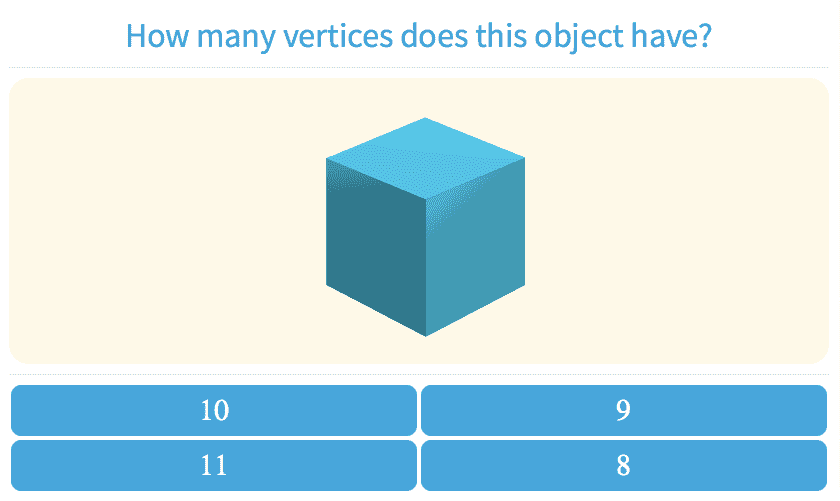
-
5.93Parallel, Perpendicular, Intersecting
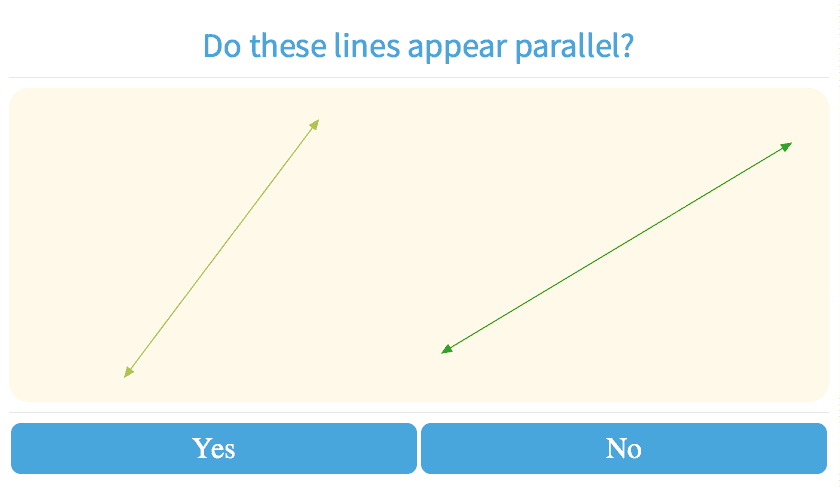
-
5.94Which Shape Is Described?
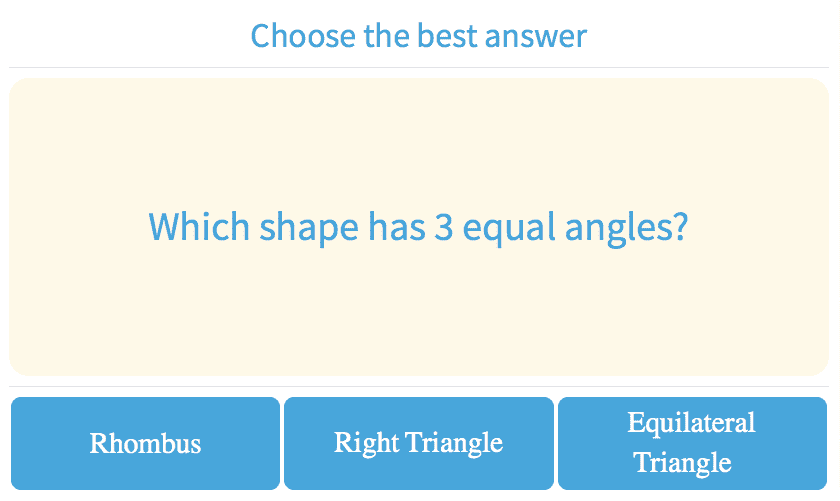
-
5.95Number of Sides in Polygons
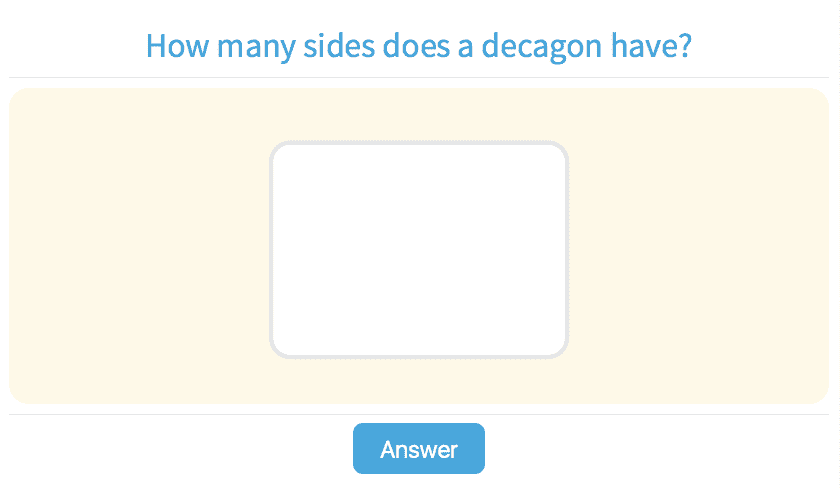
-
5.96Which 2 Dimensional Shape Is Described?

-
-
Stats
-
5.100Combination and Permutation Notation
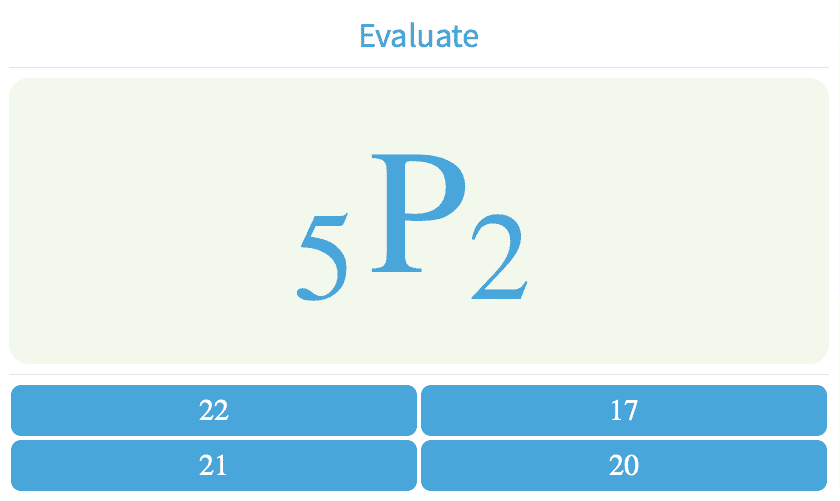
-
5.101Probability of Simple Events

-
5.102Probability Problems
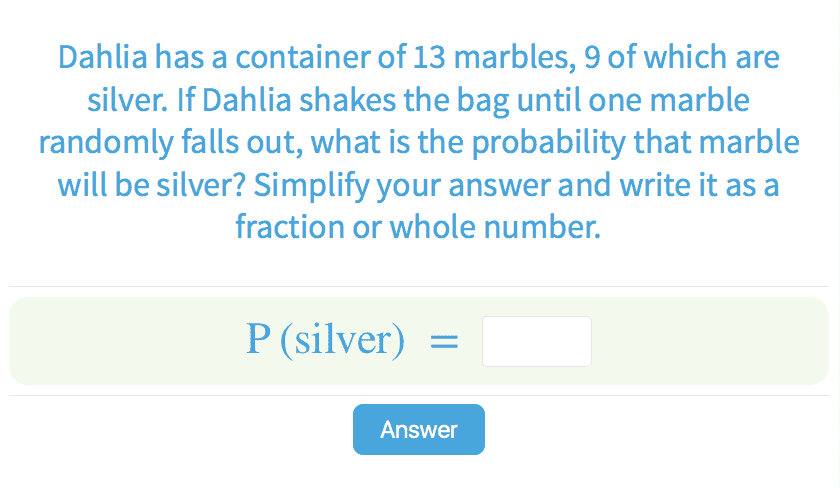
-
5.103Making Predictions
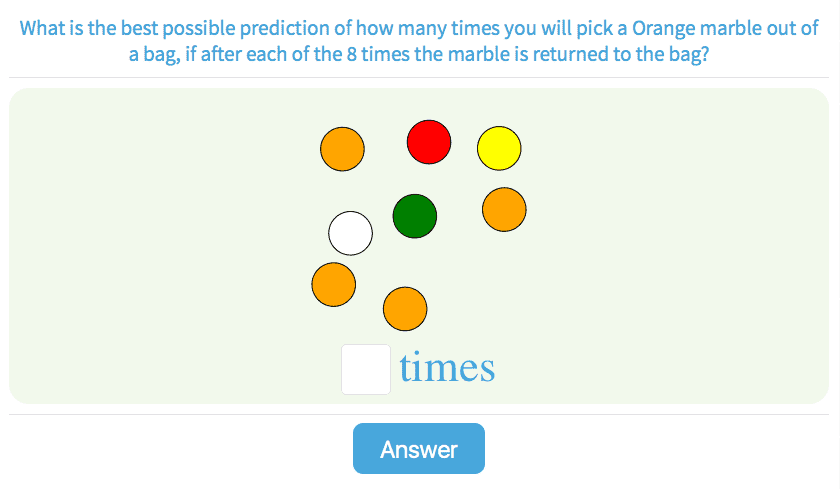
-
5.104Prediction Problems
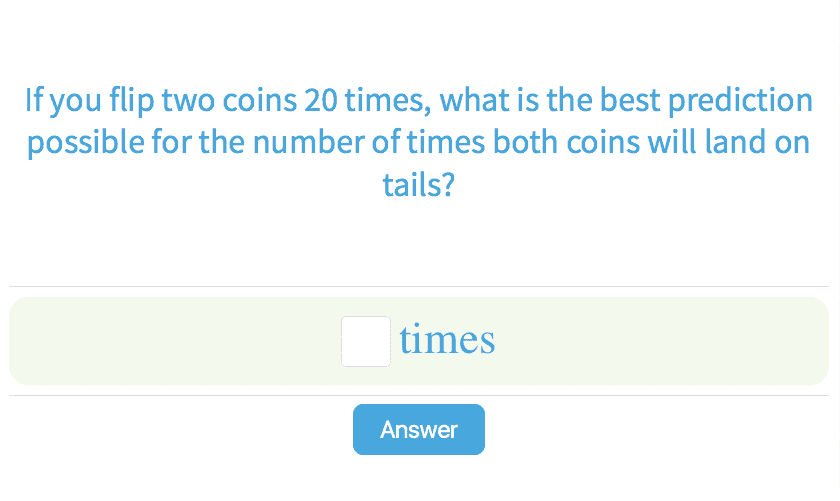
-
Students entering the 7th grade continue to expand on concepts from their previous years. On-demand videos with teachers who explain the concepts and show students how to understand the problem-solving process. Teachers go over rules, tips, and multiple problems helping students to be able to solve the problems themselves.
- Students learn about ratios, mixed properties, statistics and other seventh grade skills.
- Teachers incorporate the use of the scratchpad to give students a visual representation.
- Videos provide instant help for students who are struggling with their assignments.
